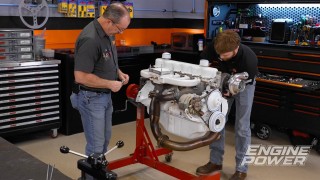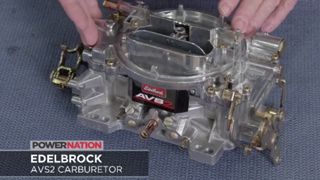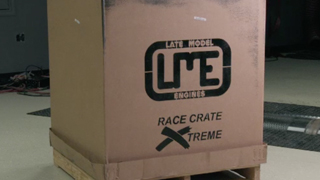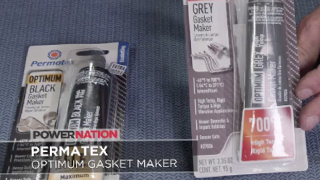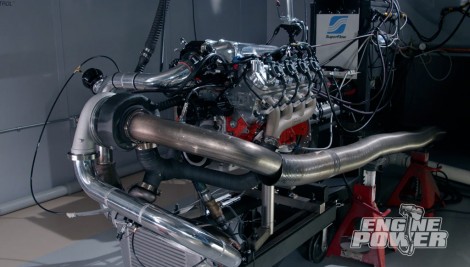
Turbo Tech Making 1200+ Horsepower
Turbo pioneer, Kenny Duttweiler steps in to lend a hand with our LME 427 ci LSX engine. Boosting this bullet with a high-tech turbo system produces a lot of excitement and big dyno numbers!
Season 6
Episode 15
Hosts: Mike Galley, Pat Topolinski
First Air Date: July 21, 2019
Duration: 20 minutes 22 seconds









